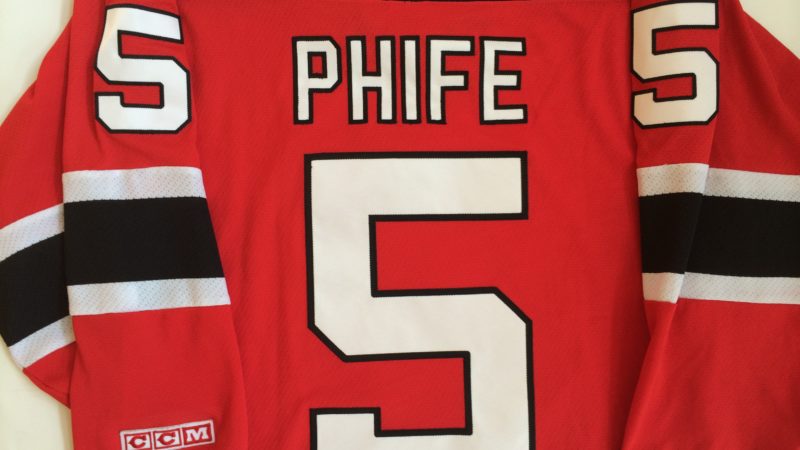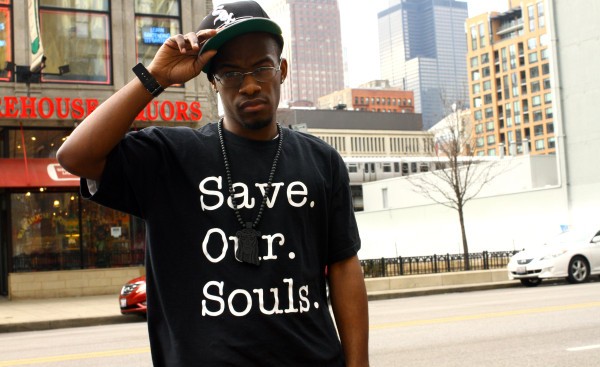This is the fourth in a series of articles in which I reflect on my upbringing in Lithonia, Georgia. Much of it relates to Hip-Hop, and how I truly discovered a culture that would eventually define my outlook on life. 
When I began seriously listening to Hip-Hop, I didn’t yet grasp the technical aspects. I liked the sound and the attitude, but I had yet to peak under the hood and see what made it tick. I didn’t know much about how it was made or what elements it consisted of. The native Georgians in my Lithonia subdivision knew exactly what they wanted out of it: Bass. The first time I’d heard it mentioned, I had no idea what it was. All I knew is when they talked about a new song they seemed to like, they’d say, “Oh yeah, that song be hittin’!” It was either that or “that junk be bassin’!”
One day, my supposed best friend called me on my ignorance in front of everyone. We lived in a middle class subdivision with nothing to do and no way to get there even if there was. Music often provided us with a bonding activity. We’d camp out on each others front porch with a boom box, or crowd each other’s bedrooms around a home stereo system. We’d even sit in our parents’ cars while they were parked in the driveway. My best friend’s pops did landscaping and contracting work for a living. He drove a dusty red pick-up. My friend and I would sit in that pick up and play cassettes for hours on end.
That’s where i learned the bass. The boom from the speakers would overtake every other element of the song. You could feel it. It was like the heartbeat of the song. My father, a consummate music fan and audiophile, used to deride the abundance of bass in rap music. He lived for sound clarity and quality, and considered the overpowering 808’s pure sonic distortion.
My friend had a stack of tapes he copped from his older brother. Most of them were underground. One of his favorites was a song from a Dallas group called Nemesis. It was called “Last Night,” a slow, moody love rap that consisted of nothing but percussion and 808’s. The rear and sideview mirrors of his dad’s pick-up would vibrate with each kick. The low fidelity rumble would decay if we turned the speakers up too loud. Sometimes I had to hold the door on my side shut, because a loose part inside of it would rattle and make noise.
 We spent quite a few days in that pick up in 1989 and 1990. We even had a playlist. There was “Compton’s in the House” by NWA, which had a similar bassline to EPMD’s “You’re A Customer.” My friend had also become quite taken with Rodney O & Joe Cooley’s first album “Me and Joe.” I put him on to choice cuts by Kwame, BDP, and others.
We spent quite a few days in that pick up in 1989 and 1990. We even had a playlist. There was “Compton’s in the House” by NWA, which had a similar bassline to EPMD’s “You’re A Customer.” My friend had also become quite taken with Rodney O & Joe Cooley’s first album “Me and Joe.” I put him on to choice cuts by Kwame, BDP, and others.
Even my cousin Tony got into the act. He didn’t mess with “that country shit” (his derogatory catch all phrase for any rap music not from NY or Philly) too tough, but he had an affinity for California car culture. Right out of high school, he bought a small red car. He dropped it low to the ground and put a giant house speaker in the trunk space. In true BX fashion, he had a rectangular mirror instead of a license plate, that read “TONE” in bold red wildstyle graffiti letters.
The addition of that house speaker in the trunk of his car made him a minor celebrity to me and my playmates. Sometimes he would drive my best friend and I to a secluded area and crank the volume up full blast. He would usually bump “Straight Outta Compton” or “Road to The Riches.” I was riding shotgun and my friend was in the back seat. Our shirts would ripple and our eyes would water from the 808 kicks. When we got out, our ears were ringing.
Car stereo and lowrider car culture began sweeping through Lithonia at that point. I’d often see neighbors taking old model cars and removing the back seats, only to replace them with huge woofers. Edward J tapes sold like crack vials during this time. He often did bass heavy remixes of then current R&B tracks, including an ongoing series of slow jam tapes called “Pillow Bass.”
It was around this point where my true tastes in music began to manifest. Many of the rappers I listened to at the time didn’t have that all-important “knock.” I liked to hear the intricacies of the musicality, and feel the mood it created. “Knock” or “thump” was just an enhancement for me. Ultimately, I got into the whole idea of “Bass” just to be down with my friends. As I got older though, it faded into the background.
New York rap became more eccentric and lyric intensive in the wake of Rakim, KRS-1, and De La Soul. Rappers became less concerned with moving the crowd. Sample choices became more dynamic and artsy; even quirky in some cases. The music became more suited for headphones. Meanwhile, the South held fast to the tribal aspects of the form. The kick of an 808 is meant to hit the listener like a Hadouken projectile blast of Ki energy from Ryu. It brings people together, and is much more communal.
That cultural divide still exists today. I still feel caught in the middle sometimes. Most old school New Yorkers shit on southern Hip-Hop because they’ve never been in the proper environment to appreciate it. On the flipside, I think most southerners don’t understand the appeal of mass transit Hip-Hop. Listening to music on earphones is like taking the music intravenously. As David Banner once observed, low fidelity sounds don’t translate well over earphones. A different kind of sonic nourishment is needed when you’re traveling in a cramped city bus or subway car.
 Case in point: Back in January of 2001, I took the A train down to the subway platform on West 4th in Manhattan. I went to the now defunct Fat Beats Records location and bought Reflection Eternal’s first album Train of Thought. While waiting on the crowded platform to head back home, the pulsating drums of “Move Something” got my blood flowing. On the train it was much too crowded to sit or even move. I was barely able to grab hold of a strap or rail, and my calves were aching. “The Blast” made all of that fade into the background. I was in my own world, and no amount of discourteous commuters or crowded spaces could blow my high.
Case in point: Back in January of 2001, I took the A train down to the subway platform on West 4th in Manhattan. I went to the now defunct Fat Beats Records location and bought Reflection Eternal’s first album Train of Thought. While waiting on the crowded platform to head back home, the pulsating drums of “Move Something” got my blood flowing. On the train it was much too crowded to sit or even move. I was barely able to grab hold of a strap or rail, and my calves were aching. “The Blast” made all of that fade into the background. I was in my own world, and no amount of discourteous commuters or crowded spaces could blow my high.
No matter how it’s accessed, all forms of Hip-Hop have a similar kind of power, be it in the clubs on a subway car. It can be outfitted to suit any and all environments. How many forms of music can say that? It all depends on the individual.
Follow Malice Intended on Twitter @ http://twitter.com/renaissance1977
Follow Us on Twitter @ http://twitter.com/planetill
Become a citizen of Planet Ill. Join our Forums
Join Us on the Planet Ill Facebook Group for more discussion
Follow us on Networked Blogs





